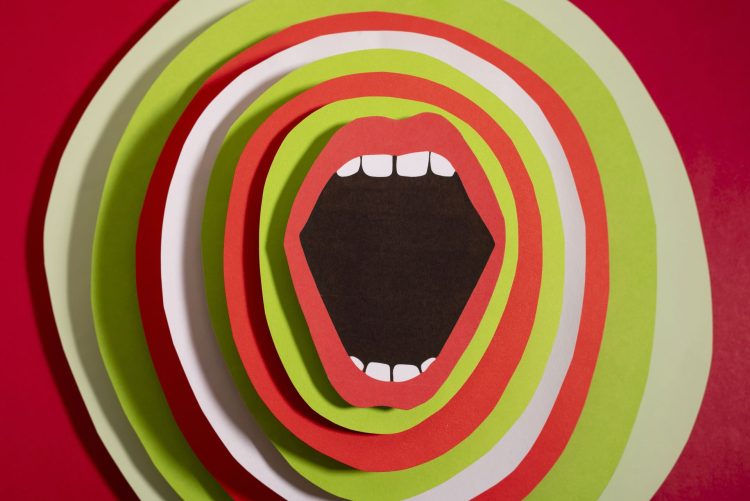Have you ever wanted to add realistic dialogue to your animated characters or videos, but found the process of manual lip-syncing tedious? Pika lip sync can change everything. This innovative AI-powered feature allows you to easily generate synchronized lip movements for your videos, making them more engaging and believable.
OpenAI’s groundbreaking Sora AI video generator may be out of public reach for now, but its rivals are charging forward with innovative features of their own. Pika has made a major move with the launch of its new Lip Sync feature for paying subscribers.
This exciting development has the potential to reshape traditional filmmaking and looking at Pika‘s video on X, Pika lip sync feature is on point!
We know there’s been a lot of talk about AI generated video recently. Well, look who’s talking now!
Early Access to Lip Sync is available for Pro users now at https://t.co/nqzjGy82Lx. pic.twitter.com/vCJ88pUWLL
— Pika (@pika_labs) February 27, 2024
What is Pika Lip Sync?
Powered by ElevenLabs’ cutting-edge generative audio technology, Pika Lip Sync enables users to add realistic spoken dialogue to their AI-generated videos. It seamlessly matches the dialogue with animated lip movements, ensuring characters’ mouths synchronize perfectly with the audio.
Pika lip sync supports both text-to-audio and uploaded audio tracks. Whether you type in your script or upload a pre-recorded voiceover, you can customize the voice to suit your character and the project’s style. Currently, access is limited to Pika Pro users and members of Pika’s “Super Collaborators” program.
How does Pika Lip Sync work?
Pika lip sync leverages complex machine learning models to break down your audio files and recognize phonemes – the basic units of sound in speech. These phonemes are then mapped to corresponding mouth shapes and movements (visemes), creating a seamless animation that matches your audio track.

How to use Pika Lip Sync
Here’s a step-by-step guide to getting started with Pika Lip Sync:
- Create or upload your character: Start by either generating a character with Pika’s AI art tools or uploading an existing image
- Upload or record your audio: Upload a pre-recorded audio file (like a voiceover or a song) or record your audio directly within the Pika interface
- Apply Pika Lip Sync: Locate and select the Pika lip sync feature. Your character’s lips will automatically be animated based on the uploaded audio
Fine-tune any settings if needed, and then export your newly animated video.
AI to Holywood
While Pika’s AI-generated videos may still have a way to go in terms of absolute photorealism compared to Sora or Runway, the addition of Lip Sync gives them a disruptive edge. Pika addresses a major hurdle in creating longer, narrative AI films we will soon see in Hollywood.
Previously, adding spoken dialogue and realistic lip movements often required cumbersome third-party tools in post-production. Pika lip sync streamlines this process, transforming the potential for full-length AI-powered films.
Yet, Pika isn’t the only one innovating. This week, Runway updated its Multi Motion Brush feature, allowing users to apply independent motion directions to objects within videos and adding automatic region detection for easier motion selection. This highlights the rapid advancements across all AI video generation tools.

Don’t forget the danger of Deepfake
The ease of creating realistic videos with tools like Pika Lip Sync brings up serious ethical concerns about deepfakes. Deepfakes are synthetic media, often videos, where a person’s likeness is manipulated to say or do things they didn’t originally do. While this technology can have creative and entertaining uses, it also has a dark side.
The recent Bobbi Athoff leaks serve as a stark reminder of the potential dangers of deepfakes when used without consent. These manipulated videos caused significant distress and highlighted the damaging impact on both the reputation and emotional well-being of those targeted. Deepfakes can be used to spread misinformation, for the purpose of revenge or harassment, or even to create nonconsensual, exploitative content.
It’s crucial for users to be aware of the ethical responsibilities and potential harm that comes with using AI for video manipulation. The power of this technology must be used with transparency and accountability. Creators and platforms alike need to consider guidelines and safeguards to proactively prevent misuse. This includes educating users on the risks of deepfakes and developing the tools to detect and flag manipulated content.
Featured image credit: Freepik.





